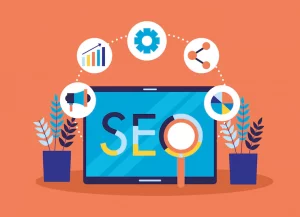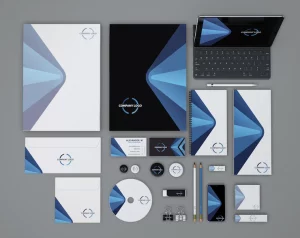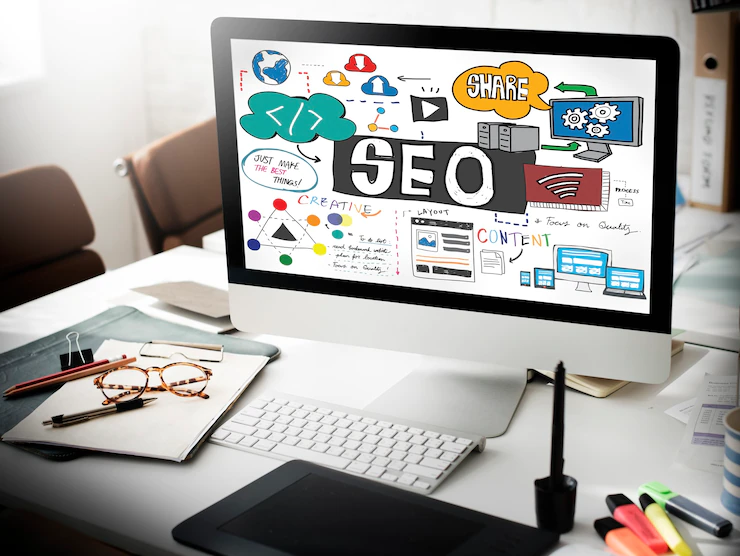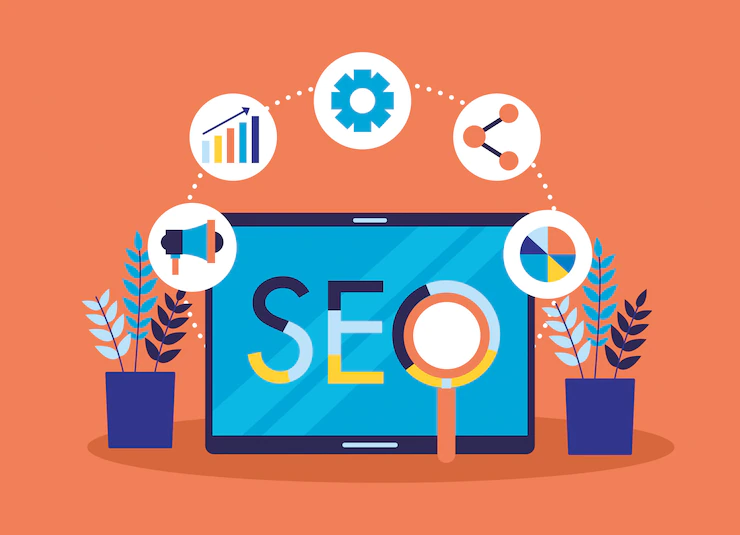Introduction
A business model is an integrated and interrelated set of activities or strategies used to design, establish, maintain and grow an organization. It defines how an organization will create, deliver, and capture value by providing products and services to customers.
Business models are often referred to as the blueprints of a business for its management as they outline processes for achieving strategic, tactical, and operational goals. By studying the business models that have worked in the past we can gain a greater understanding of what makes a good business model.
Today’s business environment is filled with fast-moving trends, innovative ideas, and advancements. These transformations are gradually changing the perspective of business owners. Let’s dig deep!
Prelude
Business models have undergone many changes in the last few decades. The emergence of new technologies has led to two different models of doing business the traditional model and the modern model. Each model is made up of different components, including revenue generation, customer interaction, and product positioning. If you’re thinking about opening a franchise or starting an e-commerce store, it’s important to understand these two models so that you can make an informed decision about how to run your enterprise.
To put it simply, a business model is a way for a company to generate revenue. Depending on what type of company you work for, you may use one or both of the following:
- A traditional business model relies on physical storefronts and in-person interactions with customers. These companies often sell goods directly to consumers at their place of business: think grocery stores, gas stations, and retail outlets like clothing stores. They may also provide services like haircuts or car repairs in order to earn money from customers who pay them directly for those services; this is known as B2C (business-to-consumer).
- In contrast, modern businesses generally don’t rely on physical storefronts; instead, they operate online through websites like Jumia or Amazon where people can buy things without actually visiting any sort of store location at all these are known as B2B (business-to-business) companies because they sell products directly from one company website to another company website instead
of selling them directly to individuals at their own locations!
The Two Business Models
In the past, there were two main business models that you could choose; the “traditional business model” and the “modern business model”. Today, you really only need one of these models and it is not the traditional business model!
The traditional business model is highly structured and stable. The modern business model, on the other hand, is flexible and adaptable.
The Traditional Model
In the traditional business model, there is a product or service designed by the company and then sold to customers. These businesses are very visible and can be found everywhere around you. They are usually brick-and-mortar establishments such as restaurants, retail stores, grocery stores, theaters, and movie theaters.
The traditional model is based on a simple transaction: customers purchase a product or service from the business. The money made from these transactions allows the business to continue to operate. As long as people keep buying from them, they can stay open for business!
With this model of operation (which has been around since time immemorial), companies have been able to sell their products or services in exchange for revenue that supports continued operations and growth which is exactly what happened when someone invented paper money and started printing pictures of dead presidents on it instead of gold bars!
The Modern Model
To sum up, modern Business Models were created for a different world. They are more flexible and adaptable to change. They offer the ability to scale quickly and provide the ability to create new recurring revenue streams. They also allow you to get paid faster by using credit cards as a payment method.
Advantages Of The Traditional Model
One of the greatest advantages of sticking with this model is that you can run it even with a low investment. For instance, freelance marketing and design consultants usually prefer to operate in a traditional setting because they do not need to spend on the establishment.
Other business owners consider traditional businesses as the better option for small and new enterprises since these are simple, easy to understand, and flexible.
Disadvantages Of The Traditional Model
A traditional business model requires a significant amount of your time, expertise, and other resources, which makes it very capital intensive. This is one of the main reasons why this type of business model has such high risks. You will have to invest a lot of money in starting and running the business, and even if you have the finances to do so, there are several other things that can go wrong.
For starters, even if your initial startup costs may be low (such as in the case of a sole proprietorship), you need to keep in mind that it won’t stay like that for long. Your operating costs are guaranteed to increase once you start making some profit or when you hire employees. This can make it difficult for you to manage your finances and control cash flow.
Advantages Of The Modern Model
There are many modern business models that make it easier, faster, and cheaper to start a new business. With these models, you can shift your product from the drawing board to the customer’s hands in months, not years.
Disadvantages Of The Modern Model
The modern business model may not be suitable for every single business. It may not be suitable for all types of products and services. It may not be suitable for all types of industries and markets. This is why it’s important to take the time to analyze your customers, products and services you’re offering, the market you’re targeting, etc.
Conclusion
There are many factors you should consider when deciding on adopting a traditional or modern business model.
If you run a small business in a very niche market, the traditional business model may be more suitable for your company. However, if you run a large company and want to expand into different markets, then the modern business model may be more suitable for you as it adopts an agile approach to expanding your customer base.
As with everything in life, there isn’t just one way of doing things and it’s always best to assess your situation before making any decisions.
PS: If you need help choosing between the traditional or modern business models, kindly reach out to us today via www.ideaious.com/business or shoot us an email via [email protected] (We have worked with more than 50+ businesses from several industries over the course of 7 years and we believe we have what it takes to get you the results you want).










